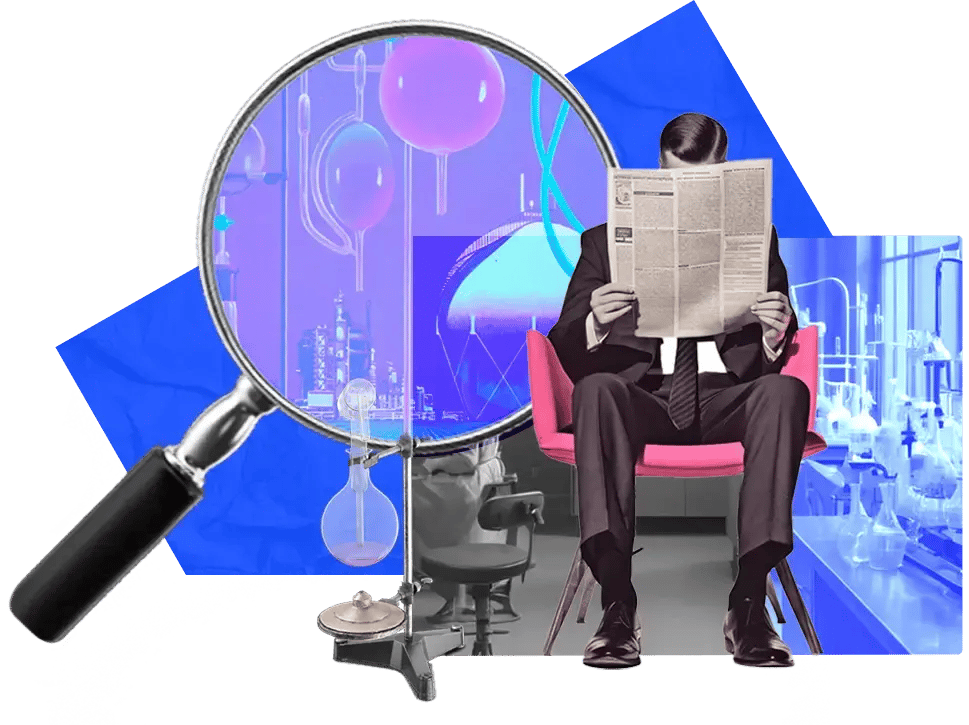 Strategy
Strategy
ITONICS INNOVATION BLOG
Let's talk innovation
Inspiring insights and best practices on innovation management, foresight, and strategy.

 Strategy
Strategy
 Product Development
Product Development
Audit Your New Product Development Process With 20 Key Questions
07 Jan 26 | 18 mins read
 Product Development
Product Development
7 Product Discovery Techniques That Reduce Costly Rework by 50%
07 Jan 26 | 20 mins read
 Innovation
Innovation
Fast Idea Validation: 8 Quick Tests To Decide What’s Worth Funding
07 Jan 26 | 12 mins read
 Strategy
Strategy
6 Best Practices to Drive Effective Strategic Portfolio Management
06 Jan 26 | 4 mins read
 R&D and Tech
R&D and Tech
R&D Resource Management: 7 Strategies To Optimize Resource Allocation
05 Jan 26 | 12 mins read
 R&D and Tech
R&D and Tech
Technology Evaluation: A Guide for R&D and Innovation Teams (Free Template)
05 Jan 26 | 11 mins read
 Innovation
Innovation
Modern Phase Gate Process: 7 Rules To Drive Innovation, Not More Ideas
02 Jan 26 | 12 mins read
 Innovation
Innovation
Using the Three Horizons Model for Balanced Innovation Portfolios
02 Jan 26 | 5 mins read